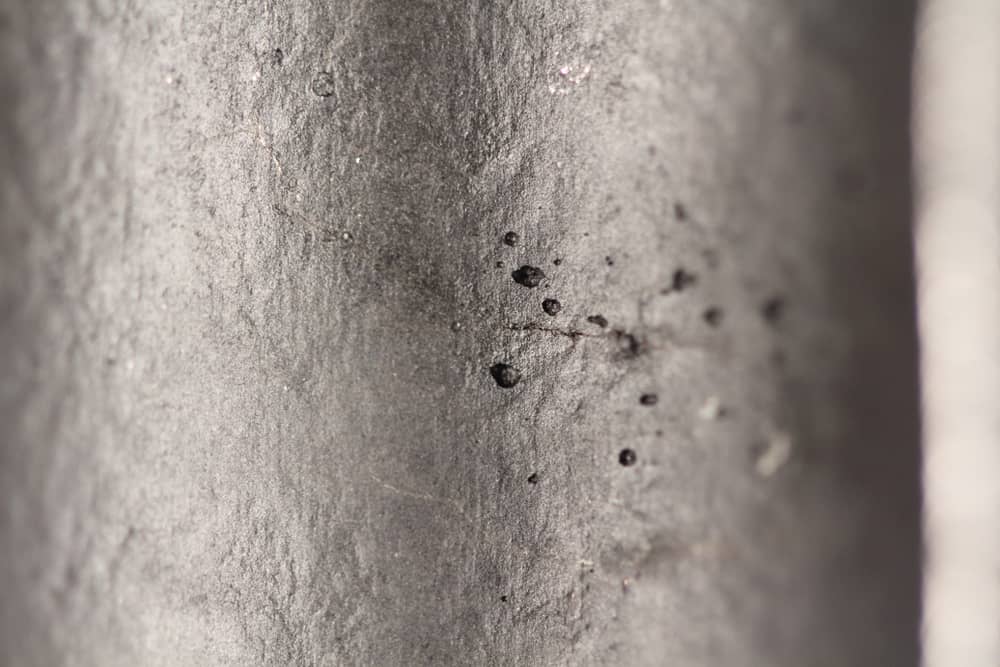
Among the variety of stainless steel, type 304 and 316 are the two most used in the commercial market. The grade 316 itself is a molybdenum-containing austenitic stainless steel. 316L is a modified version of 316 stainless steel where the letter “L” stands for “low-carbon.” The difference in carbon content gives 316L stainless steel unique mechanical properties and weldability characteristics. This article will provide an overview of grade 316L and discuss the different requirements and advantages of an orbital welding process.
What Is 316L Stainless Steel?
316L stainless steel is the low-carbon variant of 316 stainless steel, with a carbon content of less than 0.03%. Most standard stainless steel grades can contain up to 0.08% carbon content. In these carbon-rich alloys, the sensitization effect is high, especially when they are exposed to high-temperature treatments. Sensitization refers to carbide precipitation that forms at the grain boundaries due to heat and creates a chromium-depleted zone. This usually occurs at temperatures between 800 to 1400°F. Within this sensitizing temperature, alloys like austenitic stainless steel can become susceptible to intergranular corrosion, also known as “grain boundary attack.”
Because of the low carbon content in 316L stainless steel, less carbide precipitate is released. This reduces the risk of sensitization and ensures higher resistance to corrosion and pitting compared to other stainless steel alloys. As a result, grade 316L is a popular choice in a wide range of applications, including aerospace and oil and gas. In addition to corrosion-resistance benefits, 316L stainless steel also provides excellent mechanical properties as described in the table below.
| Mechanical Properties of 316L Stainless Steel | |
| Tensile strength | 74700 psi |
| Yield strength | 29700 psi |
| Modulus of elasticity | 28000 ksi |
| Elongation at break | 60% |
| Melting point | 2510-2550° F |
| Density | 0.289 lb/in3 |
Orbital TIG Welding 316L Stainless Steel
316L stainless steel offers good weldability compared to 304 or 316 stainless steel and can be arc welded with processes like GTAW (Gas Tungsten Arc Welding). But welders should also be aware of issues like pitting corrosion, which is most commonly observed when welding 316L stainless steel.
When the welding is performed for low-carbon steel such as 316L, delta-ferrites are formed during solidification. These delta-ferrites have a lower coefficient of thermal expansion that reduces thermal stress and minimizes the risk of solidification cracking.
On the other hand, the same d-ferrite interface can be the point of attack for pitting corrosion due to its higher chromium content. To prevent this, molybdenum-containing filler metal can be used. At high temperatures, this will diffuse and form a special carbide that can counter hydrogen erosion. Moreover, highly pure argon can be used as shielding gas with GTAW to minimize the chance of oxidation. To further enhance the results, orbital welding can be applied.
Orbital welding is a mechanized process with provisions for weld parameter control. When correlating its benefits with the weld requirements for 316L stainless steel, orbital welding provides:
- Controlled heat input
- Optimized gas flow rate
- Faster welds
- Monitoring ability for potential defects.
Meeting Weld Requirement With Orbital Welding
The unique properties and specificities of welding 316L stainless steel require technology capable of monitoring, controlling, and optimizing weld parameters. Likewise, welders and operators must understand the basics of welding metallurgy. Automated orbital welding can perform this task with precision while minimizing the risk of potential weld defects. With high-quality output, industries can feel confident about meeting the many material and welding standards associated with 316L stainless steel.
Arc Machines, Inc. provides a range of orbital welding technologies ideal for fusion welding 316L stainless steel. To learn more about our products, contact sales@arcmachines.com. For service inquiries, contact service@arcmachines.com. Arc Machines welcomes the opportunity to discuss your specific needs. Contact us to arrange a meeting.




